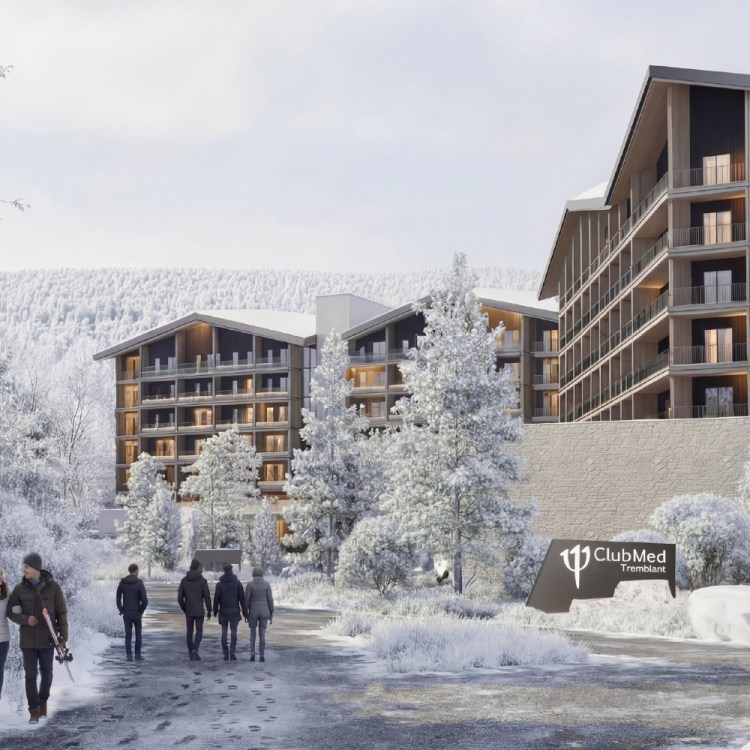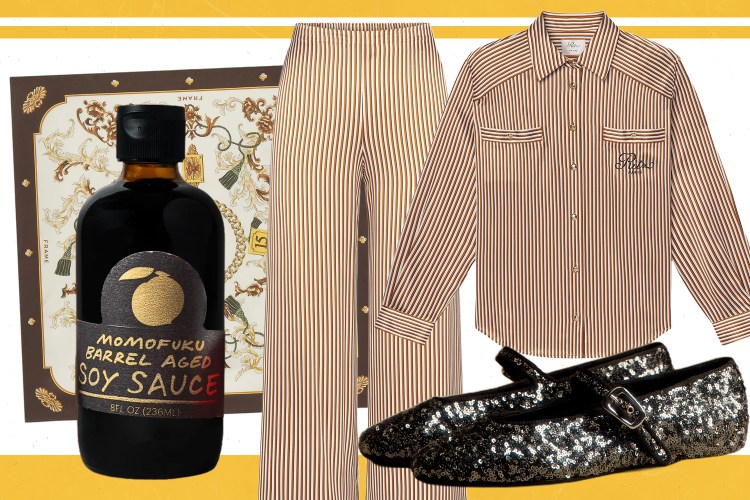We stood at the base of the towering An Clisham — the highest in the Outer Hebrides — covered in clouds. We leaned on our bikes, steeling ourselves for what lay ahead. I was especially nervous, nursing an earlier injury I feared would get even worse with the additional strain. But this moment was why I’d traveled to this remote island chain off the coast of Scotland in the first place.
Cycling the famed Hebridean Way is a dream for many cyclists across the globe. This May, I finally tackled it — or at least a good chunk of it — with Wilderness Scotland. The Outer Hebrides are a rugged, scenic group of islands northwest of the Scottish mainland, spanning more than 130 miles from north to south, and home to about 27,000 full-time residents (and even more sheep). Don’t expect to find many large cities, save for Stornoway — most settlements are relatively tiny villages.
There are multiple ways to do the trip. The cheapest and perhaps most popular way is the DIY bikepacking option. Every day I saw dozens of these riders, their panniers packed with gears, faces alternating between broad smiles and pained grimaces. Every time I passed one of the bikepackers on a climb atop my Trek e-bike, my guilt was palpable.

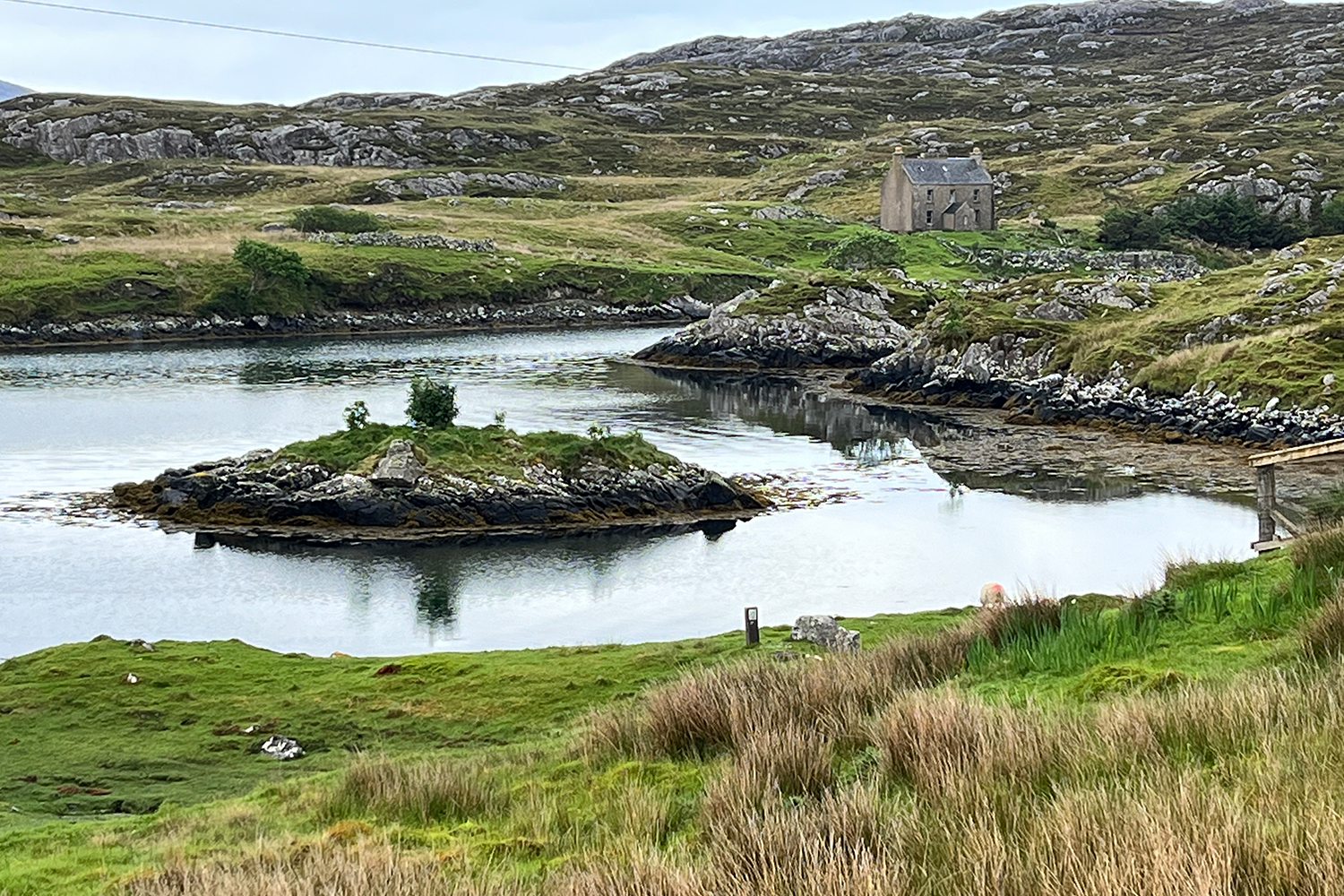



Riders aren’t guaranteed to find a restaurant, pub, convenience store or hotel for miles here; they have to take advantage of any opportunity to refuel and rest. Scotland has the so-called “right to roam” that also gives travelers the right to wild camp on private property, assuming they don’t cause any damage. While we stayed in a variety of hotels — some fancy, others a bit more rustic — the bikepackers mostly took refuge in established campgrounds, sheep pastures and more.
I opted for the second most popular option, a guided tour with an established operator. Wilderness Scotland took care of everything — we just needed to show up every morning, dressed to ride. Guides would shepherd us over the roads each day, offering encouragement and snacks, whichever we needed more. I was riding with the self-proclaimed Easy Riders, a group of longtime riding buddies from the Cheshire area. Luckily, they took pity on the lone American in their midst, making me feel like part of their biker gang. All but two of the riders rode e-bikes, with the two troglodytes riding carbon gravel bikes with sleek road tires.
During the course of six days, we hopped from island to island, using ferries to cross from one to the other. There are so few roads on these rugged islands that it’s almost impossible to get lost. Most road signs are in Gaelic, a language that nearly disappeared generations ago but is being taught in schools again. The Hebrides are steeped in centuries of maritime history, which explains why there are so many shipwreck memorials throughout the islands.
One shipwreck did have a happy ending though: in 1941, the AM Politician ran aground. The islanders who were suffering through a wartime whisky rationing discovered more than 200,000 bottles of the magic elixir in the ship holds and quickly salvaged it, lest the sea god Poseidon have a wicked rager of a party. Despite the British government searching the island high and low for the whisked-away whisky, the vast majority of it was never recovered. The story was made into a movie (and recent remake) called Whisky Galore. Today, a bar baring the name of the ill-fated ship is found on South Uist, where you can find actual bottles and other items recovered from the shipwreck.
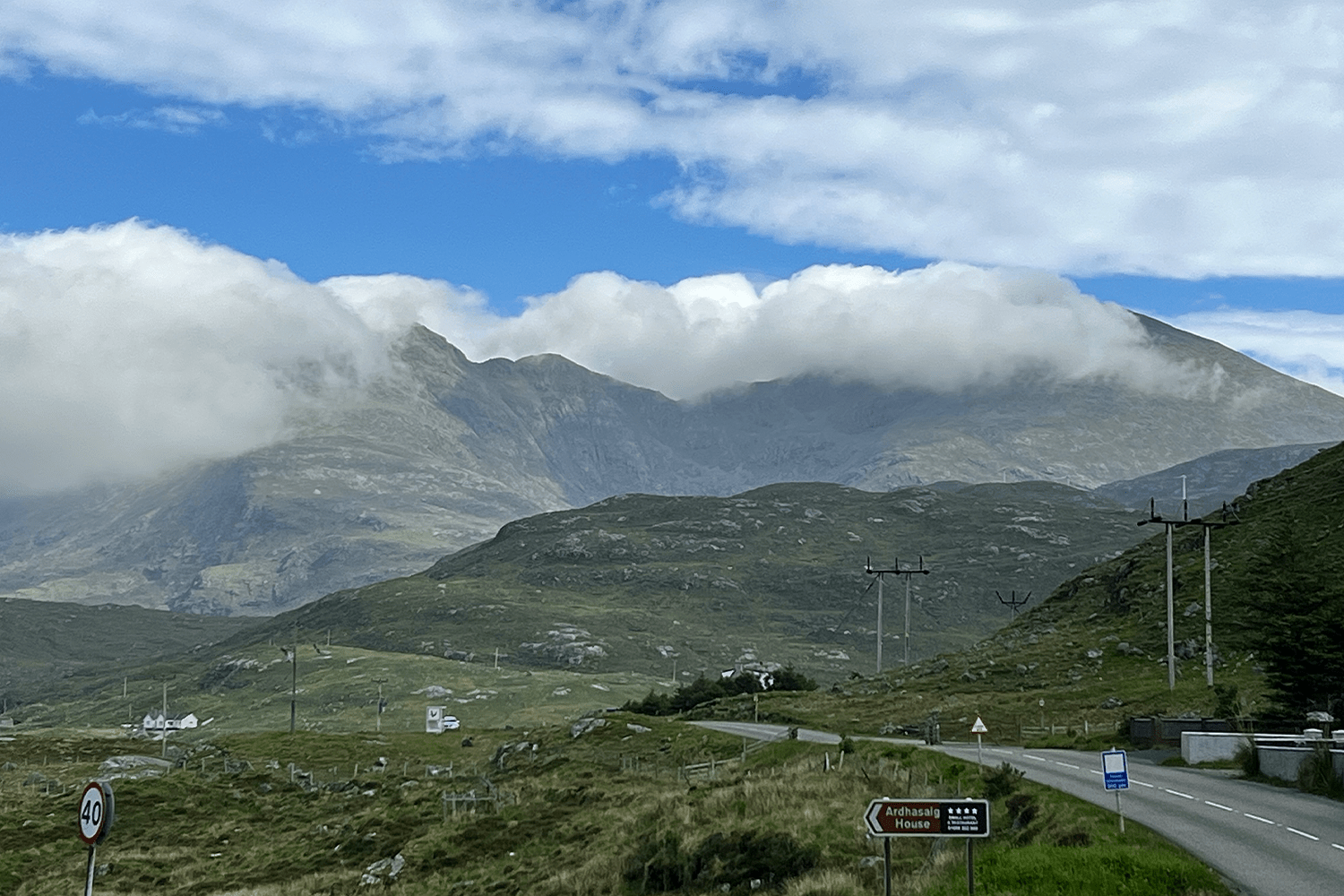

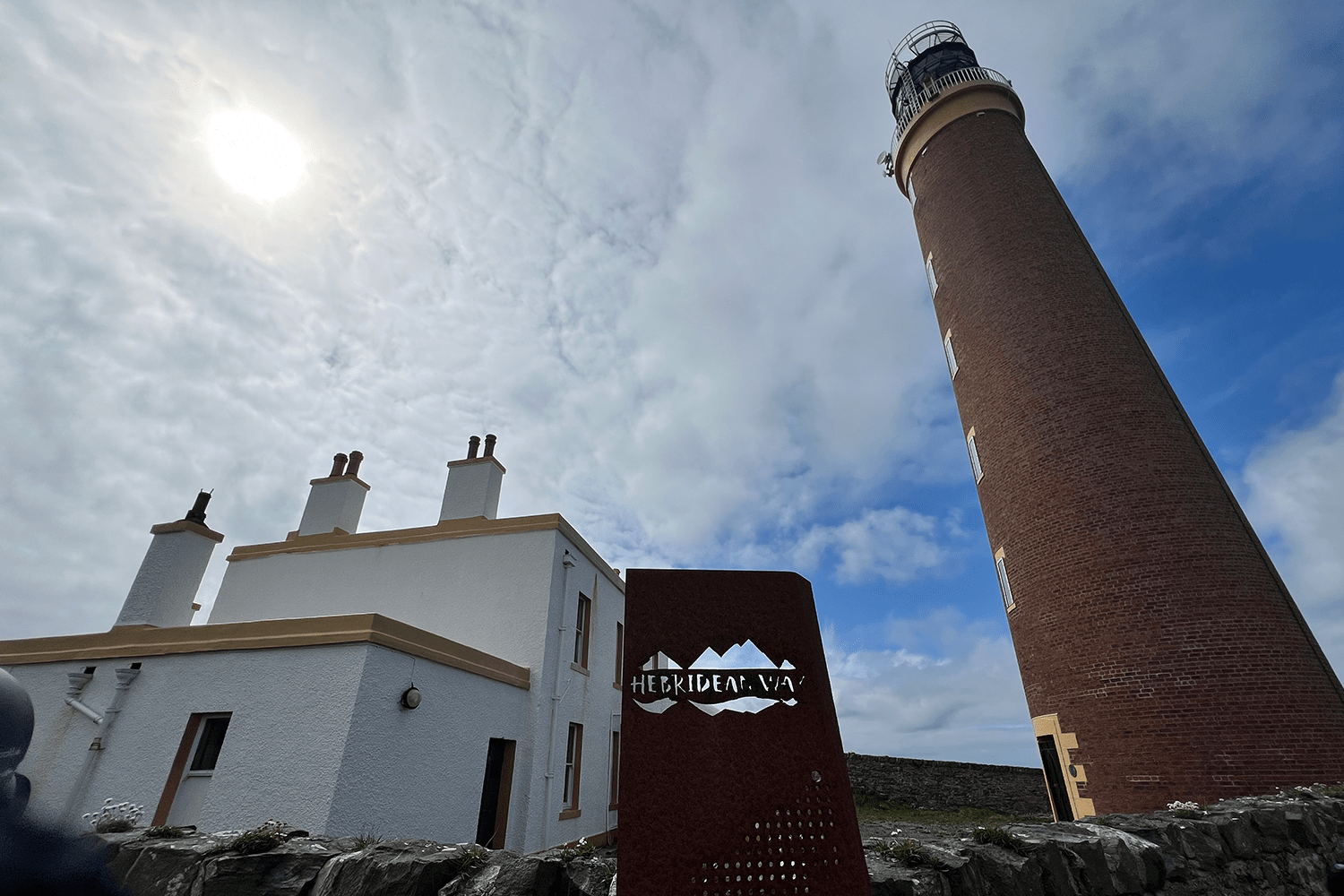
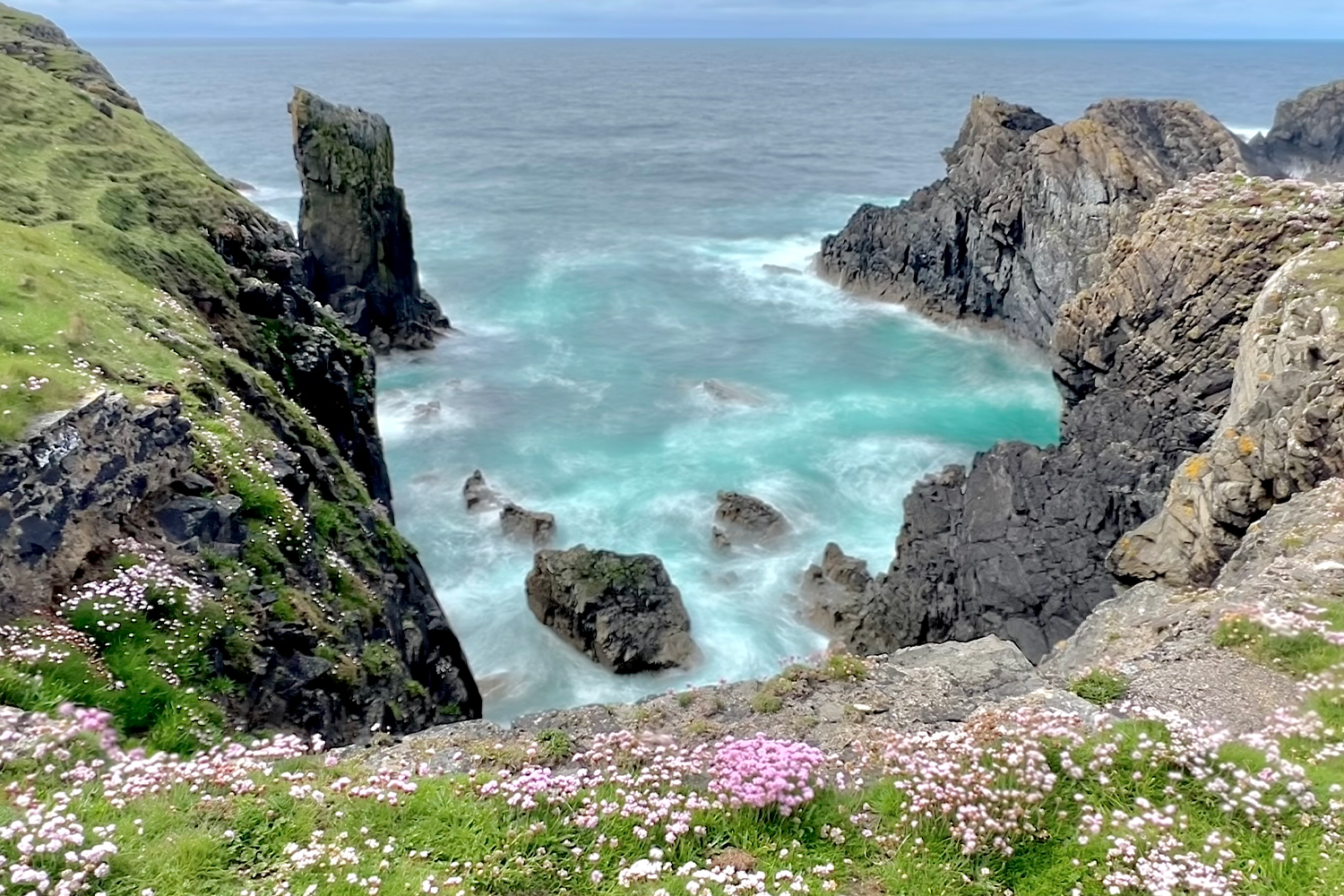

Weather was typical for late May in Scotland: rain, and lots of it. Every time I thought of complaining, I reminded myself that I was in the Hebrides — things should be at least a little hard. Any time my legs feel the weight of 60 or so miles in a day, I remind myself of the true hardships these people and islands have seen. So what if my muscles might be a little sore from doing a fun bike ride?
“One of the best things about this ride is its palpable connection to the past, which is much greater than similar style cycling trips,” says guide Neil Macpherson. “You’re riding one of the most scenic roads in the world, and as you travel further north, you see and feel the landscape and culture begin to change. It’s truly unique.”
Biking the White Rim Trail With the God of Moab
Answering the call to the CanyonlandsDave Nicholson, another of the riders, agreed. “You can’t truly understand Scotland until you make it up here,” he says.
Day two in the saddle started out great, with folks trading jokes as the miles ticked away. Our group of riders were soon spread far apart, but we’d occasionally come into contact with one another as we stopped to take photos or relieve ourselves in the bushes. By the end of the day, however, my legs were feeling the exertion. At one point, I was trying to keep up with Steve Hubbard, one of the strongest riders in the group, on a flat section of road. My spirit was willing, but my legs were not.
I was concerned because we had a strict timetable to make our ferry. If we weren’t making good time, there was a chance we could be picked up by the van and trailer, the most ignoble of fates for a bike tourist. So I kept my phone in my pocket, put my head down and pedaled. I was so focused on keeping ahead of the so-called sweep wagon that I ended up rolling into the ferry lot more than an hour early.
The next day, my Achilles tendon felt sore, and I was concerned I might have gone too hard and strained it. Feeling the ache, I was determined to take it easier during the next day or two but wasn’t sure if the terrain would allow that.
The mountains epitomize the beautiful desolation of these islands. On day three of riding, we pedaled our way up to an almost familiar area in the high hills; it turns out that Stanley Kubrick used these mountains as the setting for Jupiter in 2001: A Space Odyssey. (Of course, Jupiter’s a gas giant and wouldn’t have mountains or even land, just layer after layer of poisonous atmosphere.)
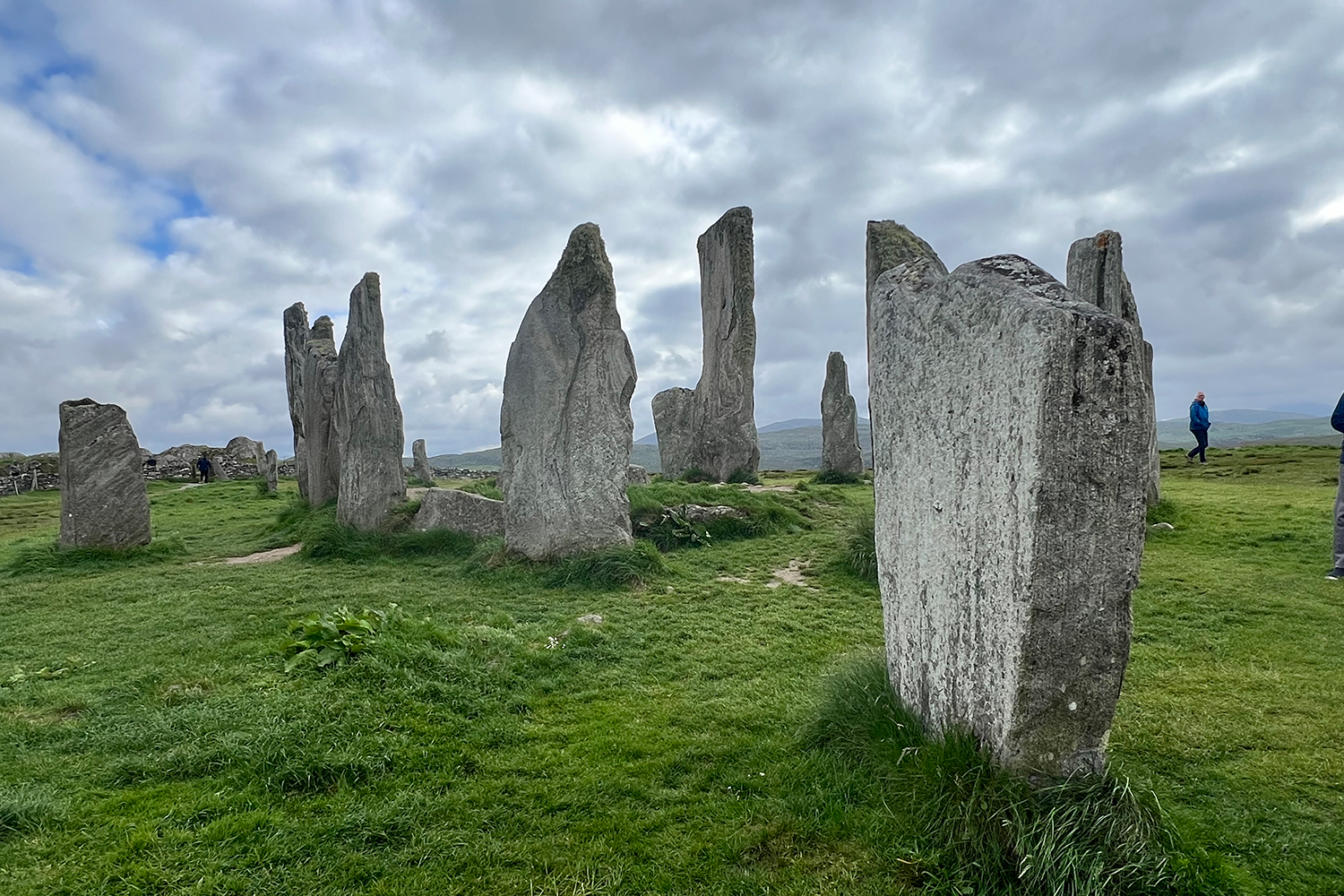



Although I’m an experienced cyclist who has conquered a few of the hardest climbs in the world on an 11-speed road bike, I’ve barely logged any saddle time the last couple of years, and I’ve gained the equivalent of an five-year-old boy in weight around my midsection. So I opted for an e-bike myself. I would be relying on muscle memory and a 250-watt motor to get me through.
Had it not been for the e-bike, I’m not sure if I could have done this trip. The common misconception is that the e-bike does all the work, but that’s not true; it definitely helps, but you’re typically still exerting about 80% of the effort as you would on a normal pedal bike. The e-bike makes it so you can make it up mountains that you might otherwise struggle on. But that doesn’t mean it’s always easy. Which brings us back to the An Clisham.
Starting up that mountain, the dull ache in my Achilles amplified my nervousness. But with each pedal stroke, I began to relax. Despite its intimidating place in the landscape, the climb really wasn’t as bad as we feared. Reaching the top felt anticlimactic. Was that really it? (Apologies to every person on a fully loaded road bike who had to work much, much harder.) The descent was as much fun as I’ve had on a bicycle in the last few years, until I had to grab double handfuls of brakes to avoid colliding with a mama sheep and two ewes who were just hanging out on the seldom traveled road.
But riding is only part of a trip like this. On most days, we stopped into historical museums to learn more about the land and people. We climbed into towers that pre-dated the European discovery of America and strolled through ancient Viking villages, from a time when “Scots were merely a concept,” Macpherson says. We walked around the 5,000-year-old Calanais Standing Stones, which are older than Stonehenge and just as mysterious. We ate lunch in community dining halls and wood-paneled pubs, where the bartenders’ Scottish brogue was so thick, it sounded almost like a completely different language. And then there was the whisky.
Sometimes called uisge beath, aka “the water of life,” whisky has been the lifeblood of the Scottish isles for centuries. Evening dinners, usually at our nightly hotel, were often highlighted by a dram or two. Our hotel on the isle of Harris, Hotel Hebrides, even had a whisky decanter and glasses in each of our rooms, allowing us to warm up internally after another drizzly ride.
The hotels and inns we stayed at were a varied affair. Hotel Hebrides was classy and wouldn’t be out of place in one of London’s posher neighborhoods. The two other inns were just as comfortable but much more laid-back. Our final hotel in Callanish offered not only amazing communal dinners, but also entertainment in the form of two local high-school dance competitors who graced us with a few traditional folk numbers.
The official end of the journey was the Butt of Lewis, the northern terminus of the Hebridean Way. Certified by the Guinness Book of World Records as the windiest spot in the U.K. — wind gusts of more than 115 mph have been recorded at the shore — weather at the Butt of Lewis was calm and perfect when we rolled in. After almost nonstop rain, it felt as if the cycling gods were finally rewarding us for a job well done.
This article appeared in an InsideHook newsletter. Sign up for free to get more on travel, wellness, style, drinking, and culture.


















